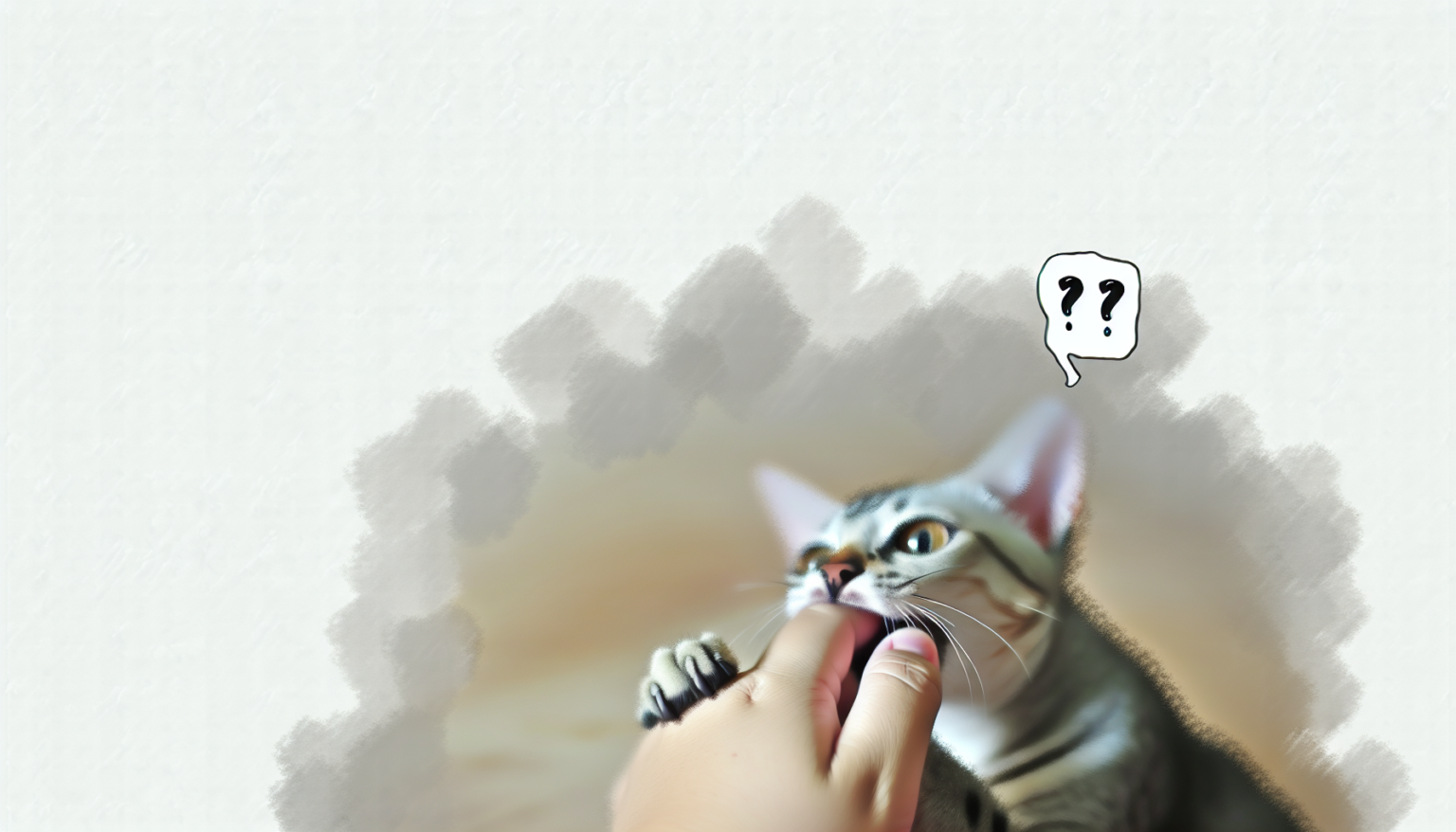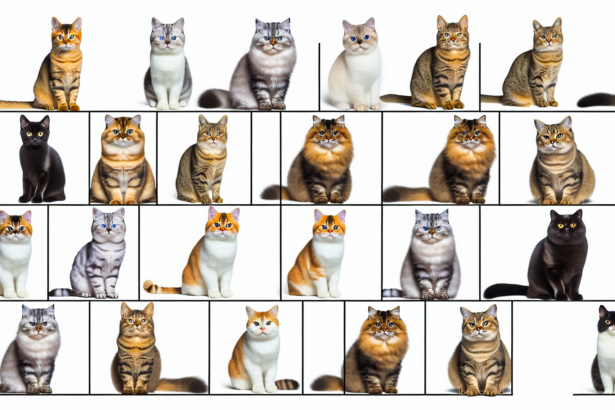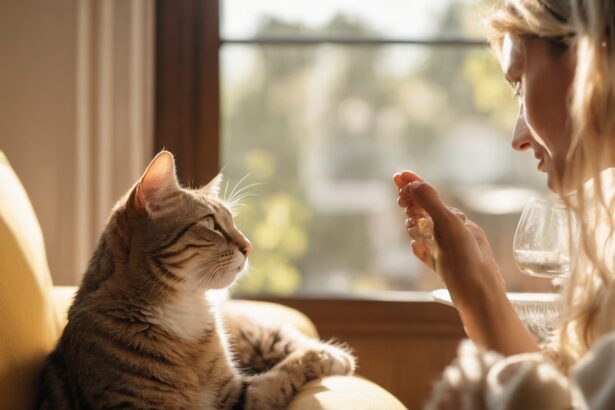Decoding feline communication
Your cat talks all day long… just not with words. She uses meows, tail signals, whiskers, and sometimes those famous little nips to get a message across. The secret is to read the whole picture: body, voice, context.
- Decoding feline communication
- Why your cat bites: the main scenarios
- Playful bites
- Petting-induced bites
- Defensive or fear bites
- Attention-seeking or love nibbles
- Pain or medical causes
- How to respond in the moment
- Prevention: set your cat up for success
- When to seek help
- Growing trust (and cuddles) from here
- FAQ
Vocal cues help a lot. Long, insistent meows can mean frustration or a strong request, while a soft chirp is often a friendly greeting. Want a deeper dive into decoding meows? Explore how to interpret your cat’s meows and respond with confidence.
Body language is your compass. A tail that swishes fast, ears sideways, pupils wide, and whiskers pushed forward usually signal arousal or stress. A relaxed tail with slow blinks says, “All good, human.” Bites fit into this dance too, and their meaning changes with the moment.
Why your cat bites: the main scenarios
Playful bites
Play is practice for hunting. Young and high-energy cats often mouth hands and ankles when they’re in “predator mode.” It’s not malice—it’s instinct. But we still need to redirect it.
Practical tip: build a daily “hunt routine”: 2–3 short sessions (5–10 minutes) with a wand toy, then a small snack, then rest. It mimics chase–catch–eat–sleep and drains that bitey energy.
Petting-induced bites
Ever cuddle your cat and—nip!—she turns around on you? Many cats love affection… until they suddenly don’t. Micro-signs often appear before the bite: tail tip twitching, skin rippling, ears angling back, whiskers tense.
Common mistake to avoid: don’t push through when she’s sending “enough” signals. Forcing more pets can flip pleasure into irritation and teach her that cuddles are unpredictable.
Defensive or fear bites
Startling noise, unfamiliar guests, a grab from behind—fear bites happen when a cat feels trapped. In those moments, space and safety beat any “correction.”
Attention-seeking or love nibbles
Some cats give gentle nibbles followed by a lick. That’s a soft request: “Hey, pay attention to me.” The pressure is light, the body is loose, and the vibe is playful.
Pain or medical causes
Sudden biting in a usually gentle cat can be a pain flag. Arthritis, dental pain, and skin discomfort are common culprits. If the behavior changes out of the blue or worsens, book a vet check to rule out a medical cause.
Curious about tail talk that often precedes a nip? Learn the subtle signs behind why cats wag their tails and spot tension early.
How to respond in the moment
During play nips
- Freeze your hand and go still. Pulling away fast can trigger the chase reflex and harder bites.
- Calmly redirect to a toy—wand toys and kickers are perfect bite-safe targets.
- Pause the game for 30–60 seconds. Then restart with a toy, not your skin.
During petting-induced bites
- Stop petting at the first warning sign (tail twitch, skin ripple).
- Pet in “safe zones”: cheeks, head, chin—avoid the belly unless she truly insists.
- Keep sessions short and sweet. Quality over quantity wins with sensitive kitties.
During fear or stress bites
- Give space. Let your cat retreat to a safe spot.
- Lower stimulation: quiet room, soft lighting, familiar scent.
- Don’t pick up or restrain a scared cat—wait until she’s calm.
Want to gently shape better manners over time? See how to train a cat kindly with simple, positive routines.
Prevention: set your cat up for success
- Hands are not toys. Use wands, teasers, and kickers to satisfy hunting instincts without teaching hand-chomping.
- Match energy daily. Short, regular play sessions beat one long weekend marathon.
- Offer chew-friendly outlets. Soft chew toys, fabric kickers, and dental-safe options reduce “I need to bite something” moments.
- Petting boundaries. Count strokes and stop while she’s still happy. Many cats prefer two short sessions to one long cuddle.
- Safe retreat. High perches, hideaways, and a calm room help prevent stress bites when life gets loud.
Surprising fact: your cat’s skin is far thinner than yours, so that “light” grab can feel intense. Gentle handling and predictable touch go a long way.
Original hack to try: keep a “bite reset” toy within reach—a small kicker or crinkle pillow pre-spritzed with catnip or silvervine. When teeth approach skin, present the toy mid-air for her to latch onto instead.
Need more context for bitey behavior? Our guide to why cats bite breaks down motives you can spot in seconds.
When to seek help
If biting is intense, frequent, or sudden, speak with your vet first. Pain, dental disease, or skin sensitivity can hide behind behavior. Then, a certified behavior professional can tailor a plan to your cat’s personality and home routine.
Growing trust (and cuddles) from here
When you understand the message behind a nip, you can answer with calm, smart choices. Predictability builds trust, and trust invites more snuggles, play, and purrs.
One small change today—shorter petting sessions, a daily hunt routine, a safe retreat—can soften tomorrow’s behavior in the sweetest way.
FAQ
Why does my cat bite me when I pet her?
Many cats enjoy brief petting but get overstimulated. Watch for tail-tip twitches, skin ripples, or ear shifts—those cues say “time to stop.” Keep sessions short and focus on head and cheeks.
How do I stop my cat from biting during play?
Use wand toys and kickers, not hands. Freeze if she bites, then redirect to a toy and pause play briefly. Schedule 2–3 short play sessions daily to drain energy.
Is my cat biting out of aggression?
Context matters. Loose body and gentle pressure suggest play or attention-seeking. Stiff body, wide pupils, and hissing indicate fear or stress. If in doubt, consult your vet and a behavior pro.
Should I punish my cat for biting?
No. Punishment increases fear and can make biting worse. Instead, manage triggers, redirect to toys, and reward calm choices. Seek veterinary advice if biting appears suddenly.







